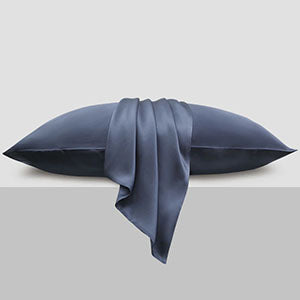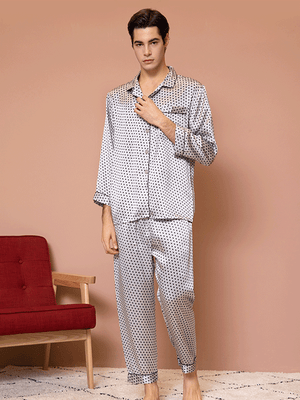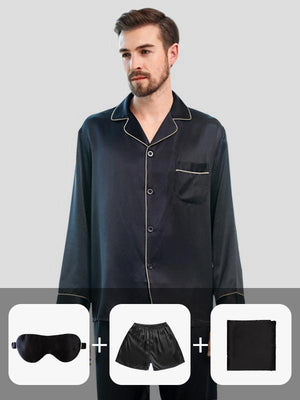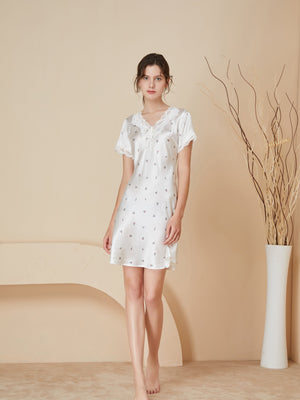Is Silk Underwear Good for Women: Exploring the Benefits and Considerations
- by wangfred
-

When it comes to choosing lingerie, women often prioritize comfort, aesthetics, and health benefits. Silk underwear, long associated with luxury, has gained attention for its potential advantages. But does it live up to the hype? From its hypoallergenic qualities to its delicate care requirements, this article dives into the science, history, and practical realities of silk undergarments—and whether they’re worth the investment.
The Allure of Silk Underwear: A Historical Perspective
For centuries, silk has been synonymous with opulence and refinement. Originating in ancient China, silk fabric was reserved for royalty and elites due to its rarity and labor-intensive production. Today, advancements in textile manufacturing have made silk more accessible, though it remains a premium material. Its natural sheen, lightweight texture, and smoothness contribute to its reputation as a luxurious choice for intimate wear.
Comfort and Softness: A Second Skin Sensation
One of the most praised attributes of silk underwear is its unparalleled softness. The fabric’s molecular structure, composed of tightly woven protein fibers, creates a frictionless surface that glides against the skin. Unlike synthetic fabrics, which can trap heat or feel abrasive, silk adapts to body temperature and minimizes irritation. This makes it an ideal option for those with sensitive skin or conditions like eczema.
Hypoallergenic Properties: Gentle on Sensitive Skin
Silk’s natural resistance to dust mites, mold, and bacteria sets it apart from other materials. Its smooth surface lacks the microscopic crevices where allergens often accumulate, reducing the risk of skin reactions. Additionally, silk is less likely to retain residues from detergents or fabric softeners, further lowering the chance of irritation. For women prone to allergies or dermatitis, silk underwear may offer relief.
Temperature Regulation: Staying Cool and Dry
Silk’s breathability is another key advantage. The fabric wicks moisture away from the skin, preventing dampness and discomfort during warmer months. Conversely, its insulating properties help retain body heat in cooler weather. This dual functionality makes silk underwear versatile for year-round wear, supporting comfort in diverse climates.
Skin and Hair Benefits: Reducing Friction and Irritation
Friction from rough fabrics can cause skin chafing, ingrown hairs, or even breakouts. Silk’s smooth texture reduces this friction, promoting healthier skin and minimizing irritation in delicate areas. Some women also report fewer issues with hair breakage along bikini lines when wearing silk undergarments, as the fabric’s gentleness prevents tugging.
Considerations: Cost, Durability, and Care
While silk offers numerous benefits, its drawbacks cannot be overlooked. High-quality silk is expensive, often costing significantly more than cotton or synthetic alternatives. Additionally, silk is delicate and prone to snags or tears if not handled carefully. Proper maintenance—such as hand-washing with mild detergent and avoiding direct sunlight during drying—is essential to preserve its integrity, which may be inconvenient for some.
Environmental and Ethical Factors: Sustainable Choices
The production of silk involves harvesting threads from silkworm cocoons, a process that raises ethical concerns for some consumers. While traditional silk production requires boiling cocoons, alternative methods like peace silk allow moths to emerge naturally. Environmentally conscious buyers should research brands committed to sustainable practices or explore plant-based alternatives.
Alternatives to Silk: Balancing Preferences and Practicality
For those hesitant about silk’s cost or maintenance, fabrics like organic cotton, bamboo, or modal offer similar benefits. These materials are often more affordable, durable, and easier to care for while providing breathability and softness. However, they may lack silk’s unique temperature-regulating and hypoallergenic properties.
Ultimately, the decision to wear silk underwear hinges on personal priorities. If luxury, skin health, and breathability top your list, silk could be a game-changer. But if budget or convenience is a concern, exploring alternatives might be the wiser route. Whatever your choice, understanding the pros and cons ensures you’ll feel confident—and comfortable—in your selection.












